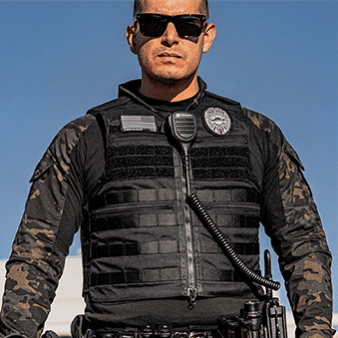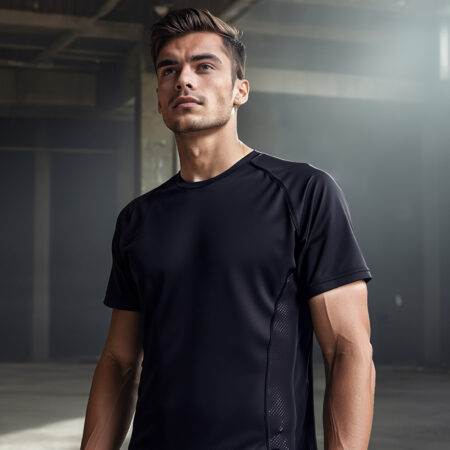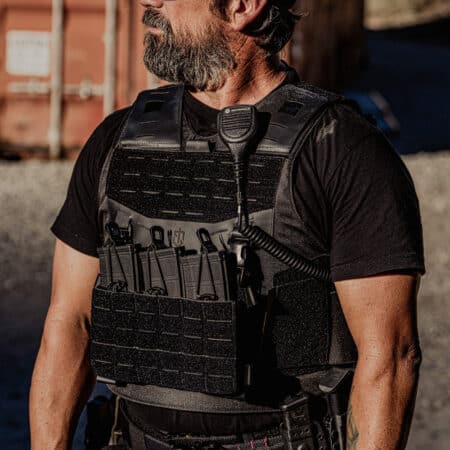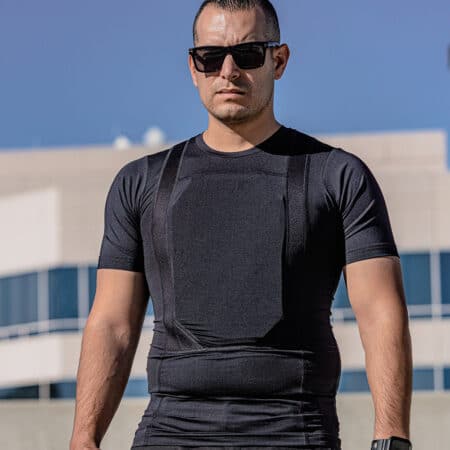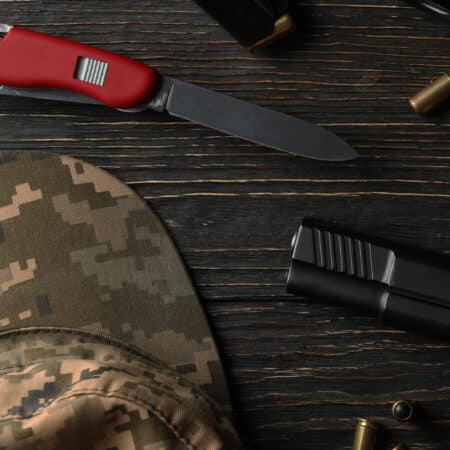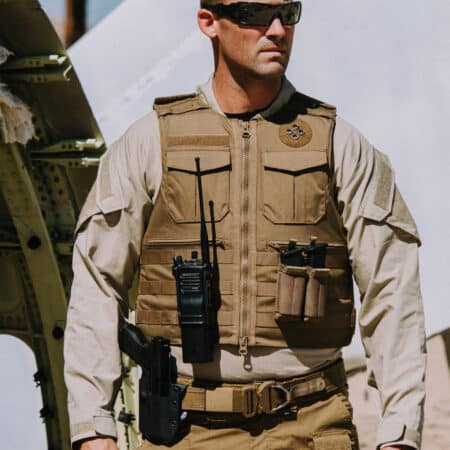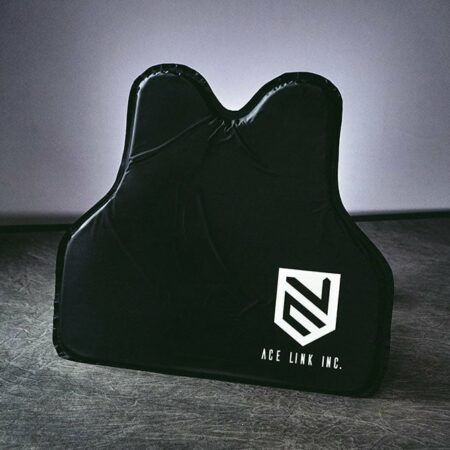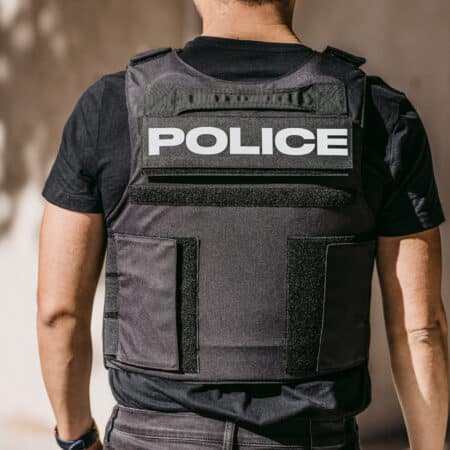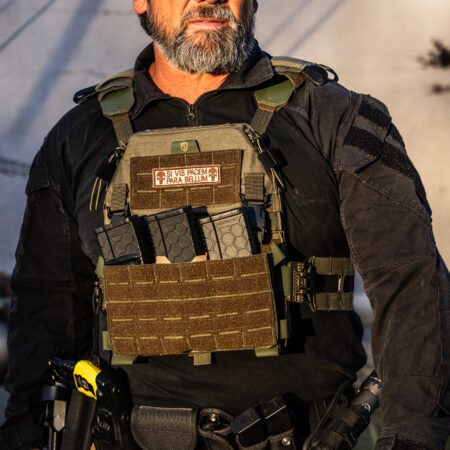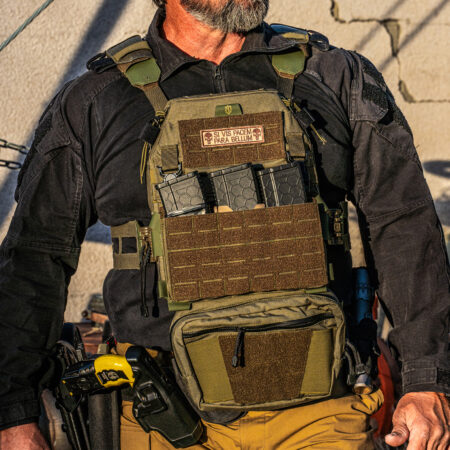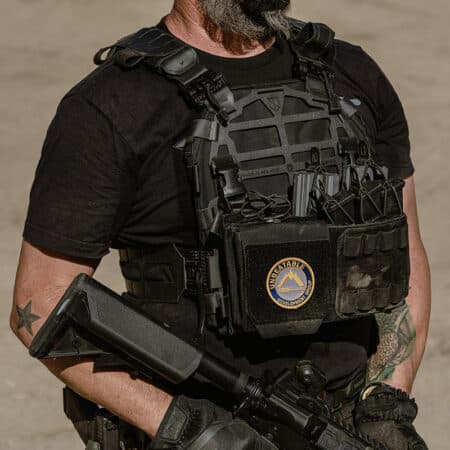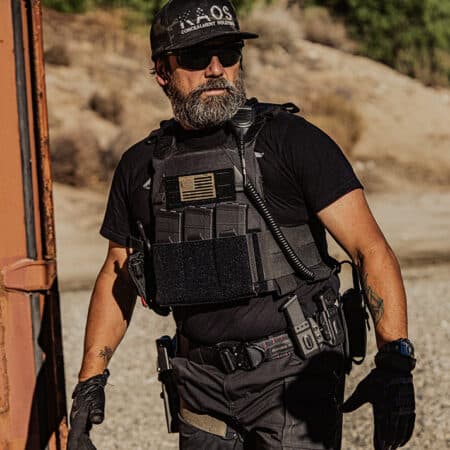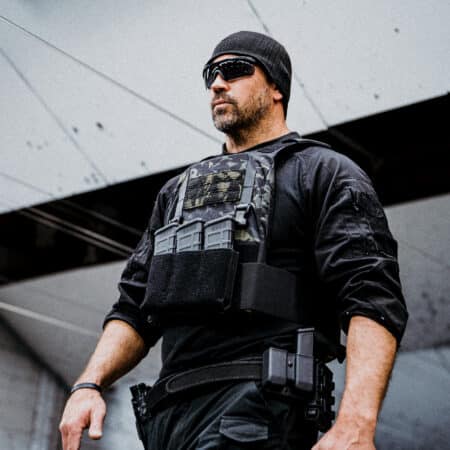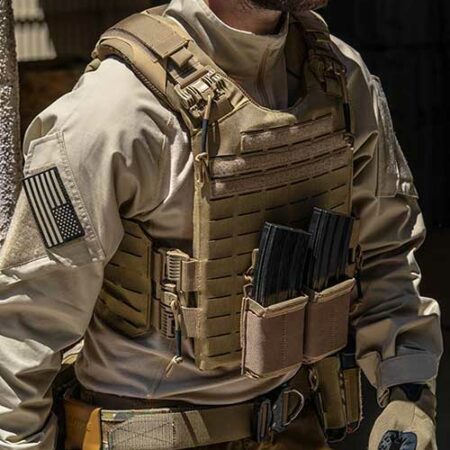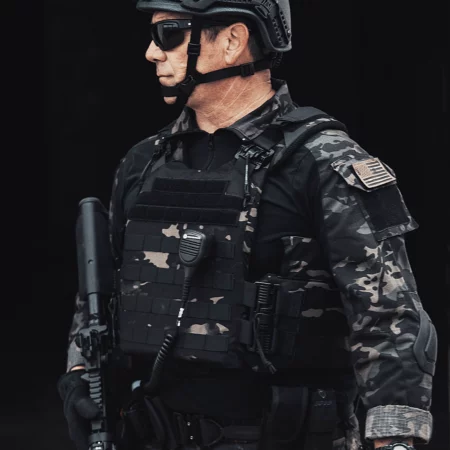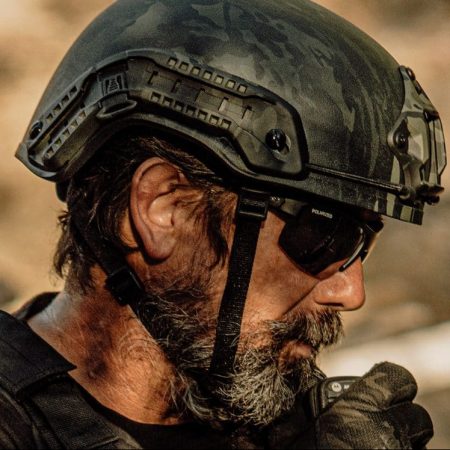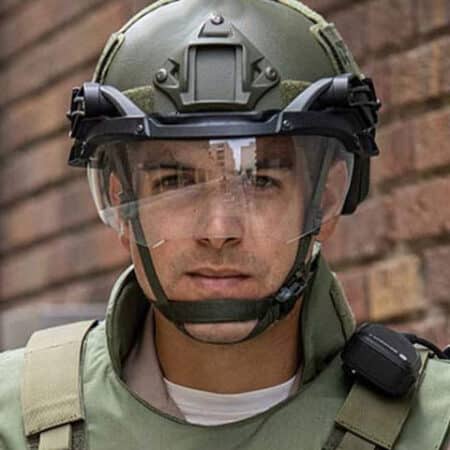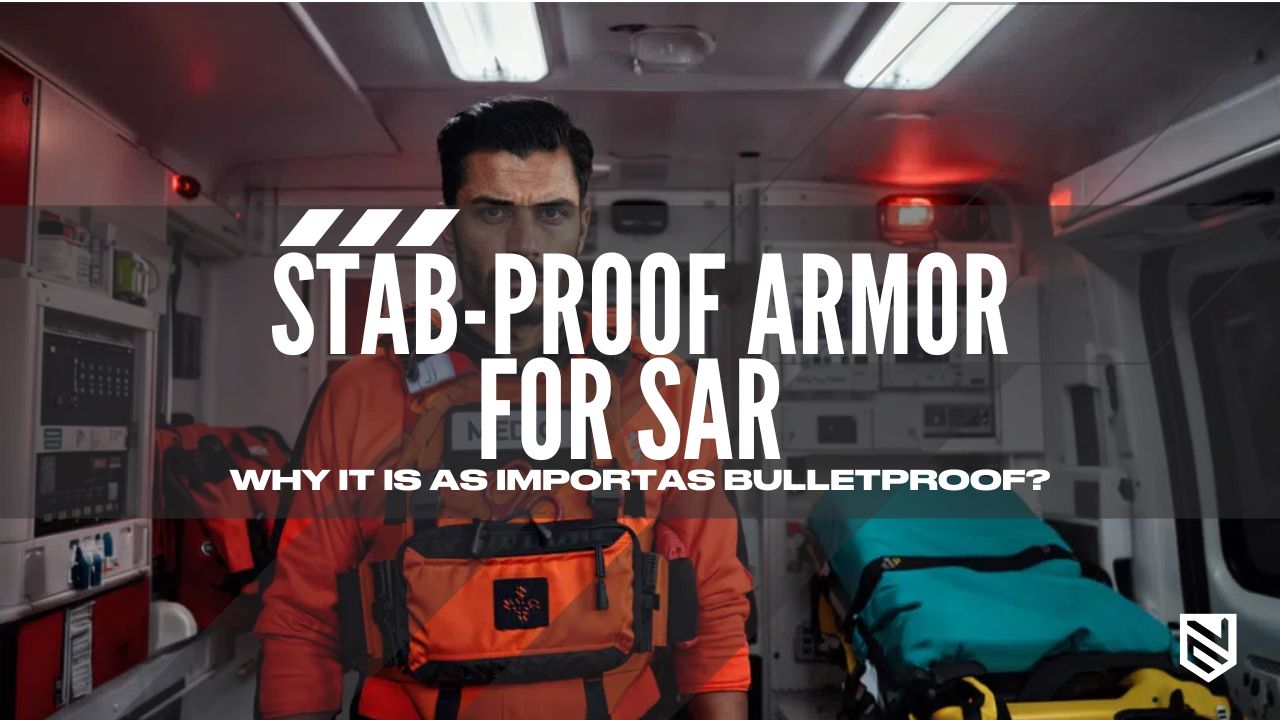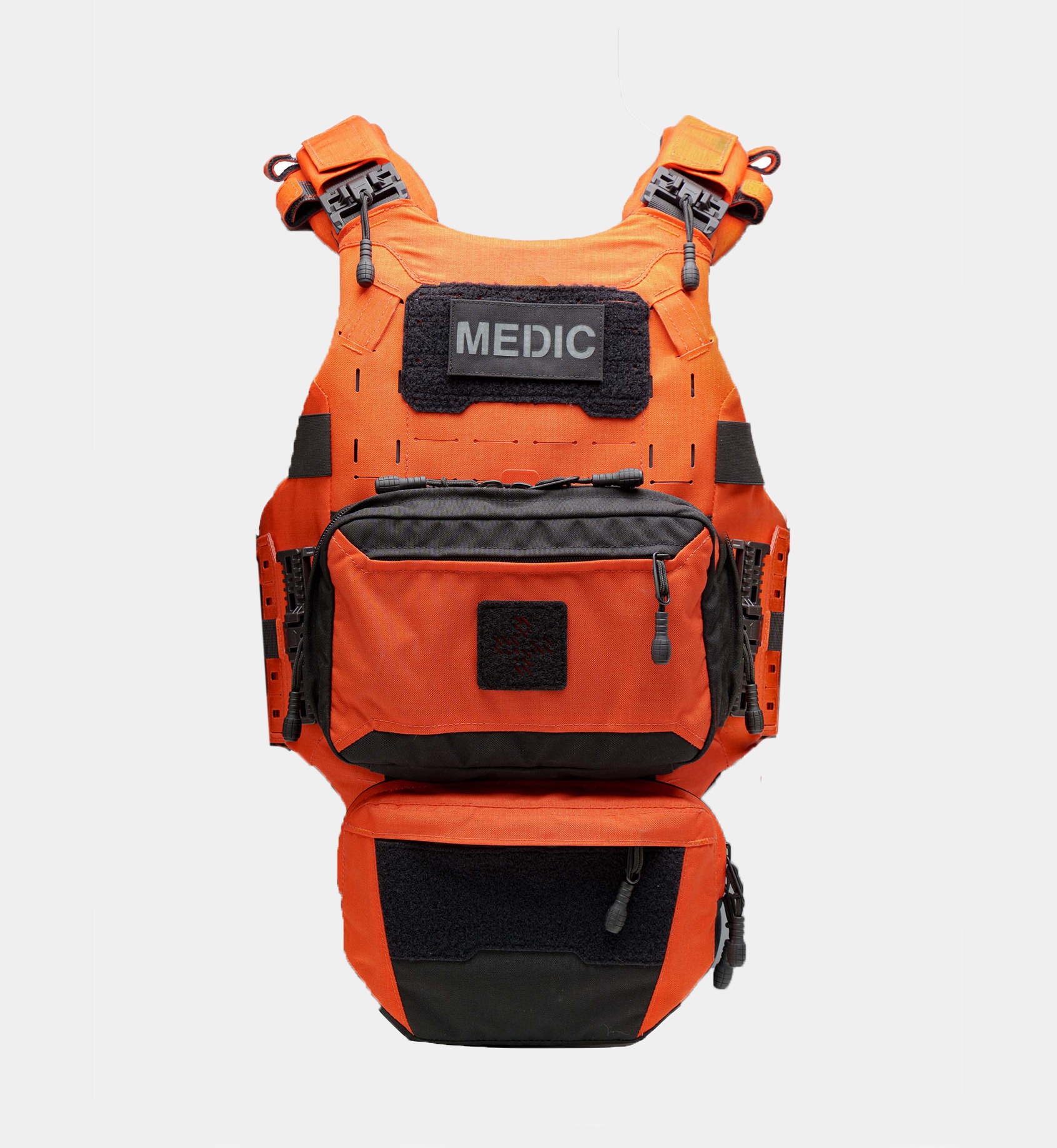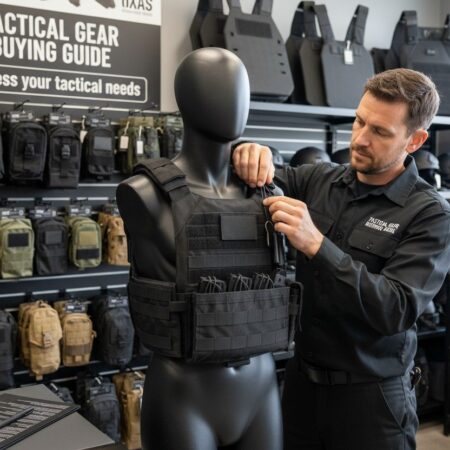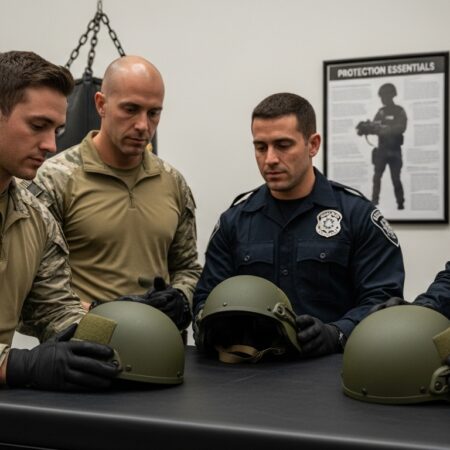Urban Search and Rescue teams operate in very chaotic environments. While ballistic protection has rightfully become standard for such high-risk environments, a more insidious threat endures. The constant danger of edged weapons and improvised sharp objects has made stab proof armor as important as ballistic protection.
Recent years have shown how quickly routine calls escalate into life-threatening encounters: paramedics attacked during mental health crises, firefighters confronting hidden blades in homeless encampments, and rescue teams navigating gang territories where edged weapons are as common as firearms.
Traditional armor leaves SAR teams vulnerable in these scenarios. A vest that stops bullets may do nothing against knife thrust, broken glass, or contaminated hypodermic needles. Yet the consequences can be equally severe: punctured organs, severed arteries, or exposure to deadly bloodborne pathogens.
This is a well documented operational reality that is common in cities worldwide. As urban environments grow more complex, with overlapping crises of mental health, homelessness, and violence, the need for integrated protection has never been more urgent.
Why Stab-Proof is Just as Important as Bulletproof for Urban SAR
Urban search and rescue teams operate in environments where threats come from both barrels and blades, yet standard armor generally focuses on protection against only one. The following realities prove stab resistance isn’t secondary. In fact, it’s equally important for urban SAR survival:
Mental Health Crisis Calls Turn Deadly
Urban SAR teams, including paramedics and EMTs, face unpredictable edged-weapon threats in mental health crises. In Lancaster, Pennsylvania, paramedic Melanie Kempf was stabbed inside an ambulance by a patient in a drug-induced frenzy, her routine call escalating into a violent assault that left lasting trauma. (EMS1, 16 May 2025)
Similarly, in Wolverhampton, UK, paramedics Deena Evans and Michael Hipgrave were attacked with large kitchen knives during an emergency response, one suffering a near-fatal chest wound inches from the heart. These close-quarter encounters in confined spaces like apartments or ambulances highlight how knives, easily concealed, can strike with devastating speed, demanding stab-proof gear to protect responders. (The Sun, Jul 9, 2021)
Gang and Cartel Zones Breed Blade Violence
Rescues in gang or cartel-controlled urban areas expose SAR teams to frequent blade threats. These high-risk environments see frequent use of machetes, knives, and improvised stabbing weapons alongside firearms, creating complex dual-threat scenarios.
Unlike typical urban violence, these organized crime zones often employ blades as tools of intimidation and close-quarters combat, leaving responders vulnerable during medical interventions or casualty extractions. Without specialized stab proof armor, responders in these zones essentially gamble with each call.
Drug Rescues and Homeless Encampments Harbor Hidden Threats
Drug-related missions, such as overdose responses, often involve disoriented people wielding knives or improvised sharp objects.
Moreover, The administration of overdose medications can trigger aggressive reactions in some patients, putting responders at immediate risk of stabbing attacks in the confined spaces of ambulances or alleyways.
Homeless encampments also present other serious hazards. Discarded hypodermic needles litter these areas, creating constant puncture risks during medical interventions or fire responses. These environments combine intentional violence with environmental dangers, demanding protection that addresses both calculated attacks and accidental punctures.
Why Standard Armor Fails Against Edged Weapons
Most people assume that bulletproof vests can also stop stabs from knives, and spikes. However, that can be a dangerous assumption. Though a bulletproof vest will offer better protection than having nothing, these vests aren’t designed specifically to be stab proof.
Where bulletproof vests absorb and disperse the blunt force of high-velocity projectiles across their surface area, edged weapons like knives and needles deliver their damage through concentrated penetration. A sharp blade or needle tip focuses all its energy onto a microscopic point, allowing even relatively weak strikes to pierce through materials that would stop a bullet.
Field Conditions vs. Lab Tests
Real-world conditions further compromise armor effectiveness in ways laboratory testing cannot replicate. The friction between Kevlar layers, which is critical for stopping blade penetration, degrades over time when exposed to sweat, heat, and other environmental contaminants. Though, ballistic vests may perform better in stopping stabs during laboratory testing, with consistent use in the harsh conditions of the field, they may fail.
Similarly, The adrenaline-fueled strength demonstrated during violent encounters can overpower armor rated for standardized ballistic protection.
Why Ballistic and Stab proof Protection Matters
Product Comparison
Standard armor forces an impossible choice between stopping bullets or blades, leaving responders vulnerable to whichever threat comes next. Modern vests like the VSV cataphract SAR vest, which is compatible with our Dual protection ballistic panels, eliminates this compromise through purpose-built engineering that delivers certified protection against both ballistic and stab threats without sacrificing mobility or mission functionality.
The advanced protection of our dual protection armor panels stems from their layered armor system engineered to meet NIJ ballistic standards while also achieving certified stab resistance.
Where traditional vests fail against knives and needles due to their focus on energy dispersion, the tightly woven aramid fibers of our dual protection armor panels actively trap and deflect edged weapons while maintaining bullet-stopping capability.
Versatile Threat Defense
Whether responding to mental health crises, gang violence, or unstable disaster zones, responders and rescue teams face situations where bullets and blades pose equally lethal risks. Effective protection must address both these threats simultaneously.
The VSV Cataphract SAR vest solves with problem by integrating our certified Dual protection armor panels.
Uncompromised Mobility
Gear for urban SAR must allow swift movement through tight stairwells or debris-strewn encampments without sacrificing protection. Heavy vests slow rescues, risking lives in fast-moving scenarios like drug-related calls or homeless encampment fires. The VSV Cataphract SAR vest’s lightweight core and padding provide flexibility and comfort, letting responders dodge a blade or climb rubble with ease, making it ideal for dynamic urban missions.
Mission-Ready Adaptability
Urban threats keep changing, and they demand a vest that adapts on the fly. A single mission may face bullets in a gang turf and spikes in an overdose response. The SAR vest’s ability to work with dual protection soft armor panels, and even rifle rated hard armor plates ensures that you are ready for any mission.
Conclusion
The dangers facing urban SAR teams have evolved—and so must their protection. The reality is clear: ballistic threats alone no longer define the risks in mental health crises, gang territories, or encampment rescues. Knives, needles, and improvised weapons demand equal consideration in any serious safety protocol. The urban landscape won’t grow safer or simpler. But with gear that finally matches the complexity of modern threats, SAR teams can focus on their lifesaving mission with one less vulnerability to fear.


